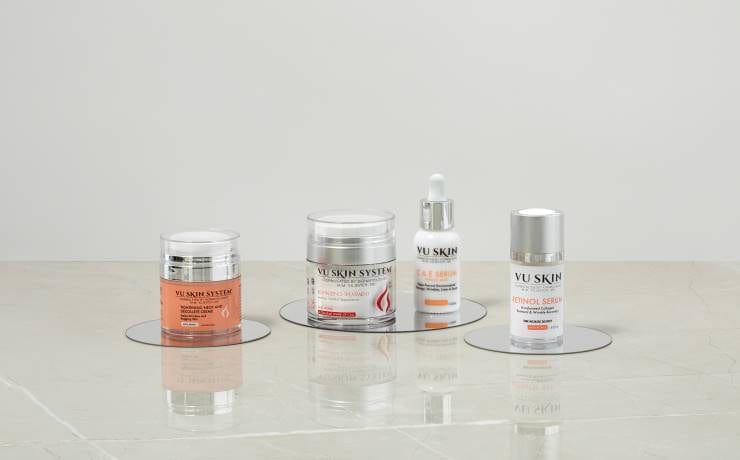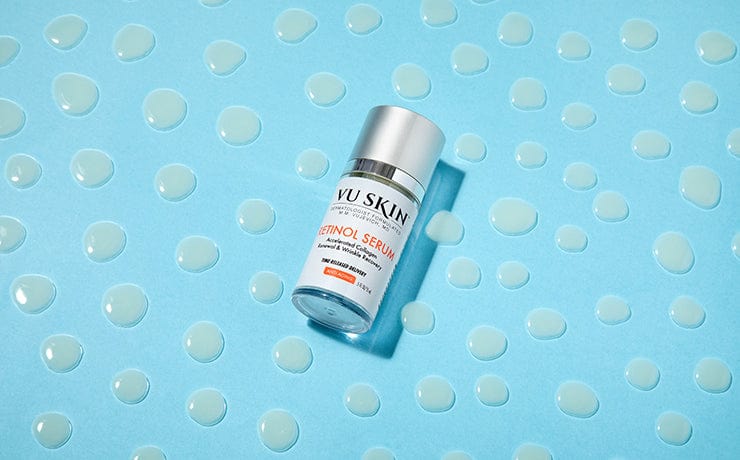
Melanoma Awareness Road Map
Skin Cancer awareness month is an annual awareness campaign that takes place every May. The campaign aims to raise awareness of the dangers of unprotected sun exposure and educate the public about the ways to help prevent skin cancer. When caught early, skin cancer is highly treatable. Keep track of the spots on your skin and make note of any changes from year-to-year. It seems as though we all have a cell phone these days. Snap a picture! A picture with a timestamp is a good reference point to keep on hand and compare if you think that spot has changed. If you notice a mole that is different from others, or that changes, itches or bleeds, you should make an appointment to see a dermatologist.
Anyone can get skin cancer, regardless of skin color. It is estimated that one in five Americans will develop skin cancer in their lifetime. When caught early, skin cancer is highly treatable.
You can help detect skin cancer early by doing a self-exam. Note all of the spots on your body, from moles to freckles to age spots. This may be a good time to grab your partner and help each other.
Here are 5 steps you both can do at home:
- Examine your body front and back in the mirror, then look at the right and left sides with your arms raised.
- Bend your elbows and look carefully at your forearms, underarms and palms.
- Look at the back of your legs and Feet, the spaces between your toes, and the soles of your feet.
- Examine the back of your neck and scalp with a hand mirror. Part your hair for a closer look.
- Finally, check your back and buttocks with a hand mirror.
Now that we understand the risk of skin cancer and how to start a self-examination, what are we looking for? Here is the first guide to understand what to be aware of:
Know Your ABCDEs
It’s important to check your skin for suspicious moles once a month and report anything unusual to your health care professional. Remember the ABCDE rule:
Asymmetry (one half of the mole doesn’t match the other)
Border irregularity
Color that is not uniform
Diameter greater than 6 mm (about the size of a pencil eraser)
Evolving size, shape or color.
If you have a concern, follow this link to The Skin Cancer Foundation for a more in-depth guide and examples: https://www.skincancer.org/skin-cancer-information/melanoma/melanoma-warning-signs-and-images/do-you-know-your-abcdes
Tips that may help prevent skin cancer
If you want to reduce your risk of developing skin cancer, the first step is to decrease your exposure to ultraviolet (UV) light by avoiding direct sunlight and tanning beds. If you must be outside, try to avoid the midday sun, stay in the shade, use a broad-spectrum sunscreen (protects from UVA & UVB rays) with 30 SPF, wear long sleeves and a hat with a brim for added protection.







Leave a comment
This site is protected by hCaptcha and the hCaptcha Privacy Policy and Terms of Service apply.